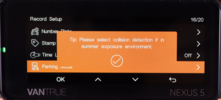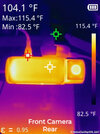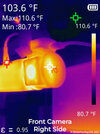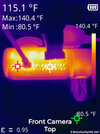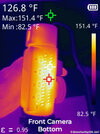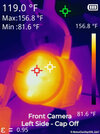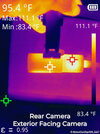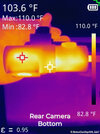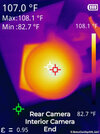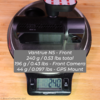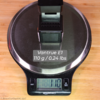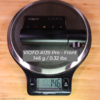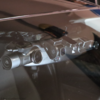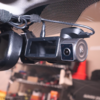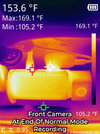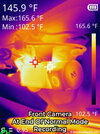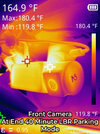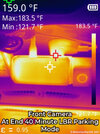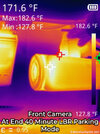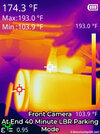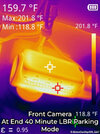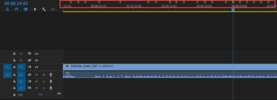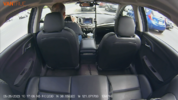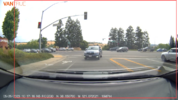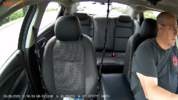I am wondering, could you start cameras one at the time, if that was the case i would start the front camera then the rear camera, and then after that the remaining cameras.
Chance are at least in a parking guard event that the footage from the outside cameras will be most important, but of course if someone enter you car in some way, then you of course also want a interior camera or cameras to be up and running.
But i am not aware if something like that are technically a option.
I still feel that triggered parking guard are a challenge no matter how good it is made, hence why i prefer to use low bitrate myself.
Maybe with that ( low bitrate ) have outside cameras record low bitrate, and then with G-sensor trigger the interior camera / cameras would come on too.
I have long asked for G-sensor sensitivity to be even higher, when in parking mode, like where a big truck or bus at speed passing by close would trigger, or say hail falling on the car.
Actually i have also brainstormed glass break sensors, and radars like some alarms use to detect people stopping near the car

